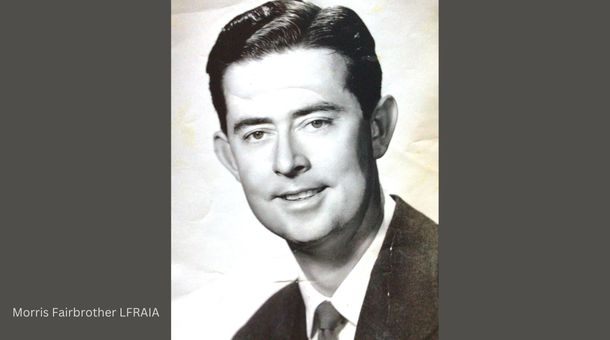The WA Chapter of the Australian Institute of Architects is deeply saddened to share the news that one of Western Australia’s leading architects, Bernard Seeber, recently passed away.
Mr Seeber’s career spanned decades and will leave a lasting impact on architecture in Western Australia. His contribution to the profession is not only in built form, but also in his engagement and generosity with peers.
He was twice awarded Western Australia’s highest architecture honour, the prestigious George Temple-Poole Award, first for the Fremantle Crematorium and Chapels in 1997 and then for the Hilton Community Centre in 2012.
Mr Seeber’s funeral service is confirmed for 2.30pm on Friday 2 September 2022, to be held in the West Chapel of Fremantle Cemetery.
I know there will be great sadness across the profession on this news. Our thoughts are with the Seeber family, friends, and the profession.
Sandy Anghie
President, WA Chapter of the Australian Institute of Architects

FUNERAL SERVICE
2.30pm Friday 2 September 2022
Please gather at Carrington Pavilion
Fremantle Cemetery, Carrington St, Palmyra
WAKE TO FOLLOW
5-8pm
Old Customs House
8 Phillimore St, Fremantle.
All welcome.
Some words from Dr Simon Pendal
“Bernard Seeber was a man of genuine brilliance, in full possession of incredible mental agility and clarity. Fierce, strict and principled, he worked systematically, always in search of an ordered logic, a love of assembly, and founded the execution of carefully selected parts. He wanted his buildings to communicate with people, that they would tell a story about what they were, how they were made and with the use of the least amount of material, without fuss or waste. They are as direct, optimistic and generous as their author.
Where Bernard the person, the architect and his buildings stopped and started is impossible to say because he worked within a worldview which was whole and all-encompassing.
Forever generous with his time, Bernard took any opportunity to speak with students of architecture or to fellow architects and convey the careful rationale of his working, his buildings and his sense of civic concern. My last conversation with him involved his conviction that an architect’s central responsibility is to the common, social good of all people and without discrimination.
As a man, Bernard was bursting with energy and his optimism was infectious. His wit and humour are broadly remembered as was his capacity to be provocative, sometimes almost outrageously so.”